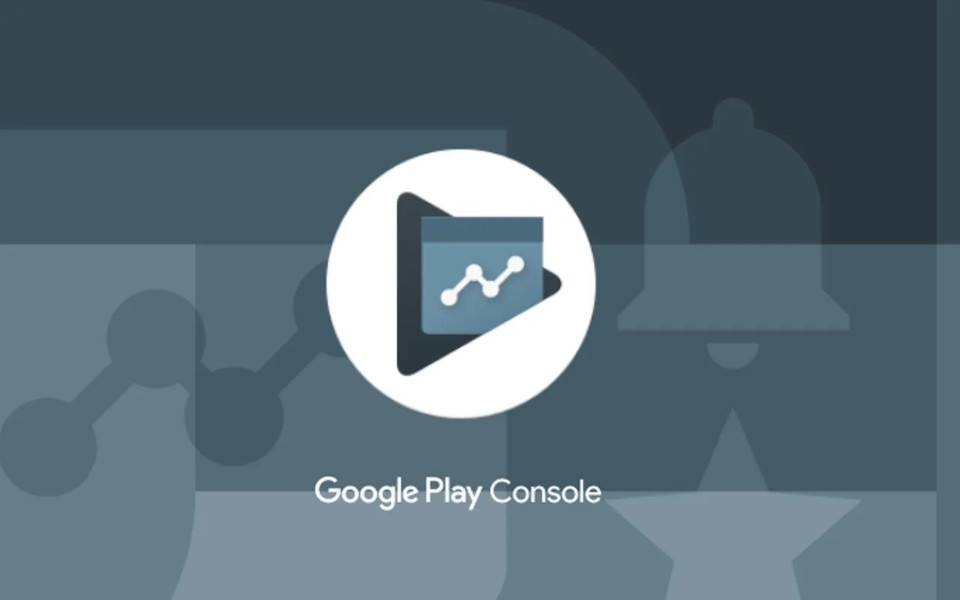As a Wear OS watch face developer, I’ve spent countless hours navigating the Google Play Console — and while it’s an essential tool, it’s far from ideal for creators managing multiple apps. In this post, I’ll share my experience publishing on Google Play in 2025, the challenges that come with it, and a few ideas that could make the process smoother for all developers.
Notifications
As someone managing over 200 watch face apps, I’m flooded with Google Play Console notifications — often the same message repeated hundreds of times. A few months ago, Google changed how notifications work, and mass deletion is no longer possible.
Now, I have to open each app manually and clear the alerts one by one. It’s a tedious, time-consuming task, but I can’t ignore them either — important messages about policy updates or errors could easily get lost in the noise. Keeping the notification center clean has become a daily chore, one that could be easily fixed with a smarter, more developer-friendly system.
Home Screen Usability
On the Play Console home screen, I’m greeted by a table listing all my apps — in my case, more than 200 watch faces. While it’s convenient to have everything in one place, the table’s design makes data analysis much harder than it needs to be.
Sorting is one of the main issues. You can’t sort by Installed audience, which is the most important metric for me. The data is already visible in the table, yet if I want to sort by it, I have to copy everything into a spreadsheet first. It’s a simple feature that would save a lot of time if Google just made the column sortable directly in the console.
Another major limitation is the handling of unpublished apps. I currently have over 40 watch faces I’ve stopped selling, but there’s no way to delete them from my developer account — and no way to hide them from the table. As a result, they constantly clutter the list, making it harder to focus on the apps that are still active. A simple “Hide unpublished apps” or “Archive” feature would make managing large catalogs far more efficient.
Payment Profile
One area that feels especially underdeveloped is the Payment Profile section. As a developer managing a large catalog of watch faces, I like to keep a close eye on my daily income — but the Play Console offers no graph or visualization showing how earnings change day by day.
To track this, I’ve built my own spreadsheet that compiles daily data. Each day at 10 AM local time, when the daily income officially rolls over to the next day, I open the “View transactions and documents” page, set a custom date range with the same start and end date (today’s date), and use the starting balance — which reflects the previous day’s ending balance — as my data point. It works, but it’s a manual, repetitive task that could easily be automated on Google’s side.
A simple graph showing daily and total income would save developers a lot of time and make revenue tracking far more transparent. It would also help if the Play Console allowed URL parameters for custom date ranges, so we could quickly pull data for specific days or automate it with scripts.
Store Listing Assets
Managing store listing assets used to be simple — you could easily drag and drop new images directly into place. Recently, however, this process has changed. The new Asset Library system feels far more tedious and time-consuming. While it may be useful for teams working across multiple projects, it slows down creators who just want to update a few screenshots or promotional images. It would be great if Google restored the option to drag and drop assets directly, alongside the current library-based method.
Another pain point is deleting multiple assets. Right now, you can only delete them one by one, clicking the small delete icon on each image. That alone wouldn’t be a big deal, but since the images are center-aligned, the delete icons often move around — meaning you have to carefully hunt for them instead of simply clicking in the same spot repeatedly. Allowing mass deletion or at least left-aligning the thumbnails would make the process much faster and more efficient for developers managing large catalogs.
Creating Mass Sales
Every week, I run sales on around 30 watch faces, rotating through my entire catalog. Unfortunately, setting these promotions in the Play Console is far more time-consuming than it should be. Each sale must be created manually and individually, even though the details — such as start date, end date, and discounted price — are identical across all of them.
It would make a huge difference if Google added a way to select multiple apps and apply a sale in bulk. Developers who manage large catalogs could save hours each week, and it would encourage more frequent, well-organized promotions across the Play Store. A simple multi-select interface or bulk-edit option would turn what’s currently a tedious process into a smooth, efficient workflow.
